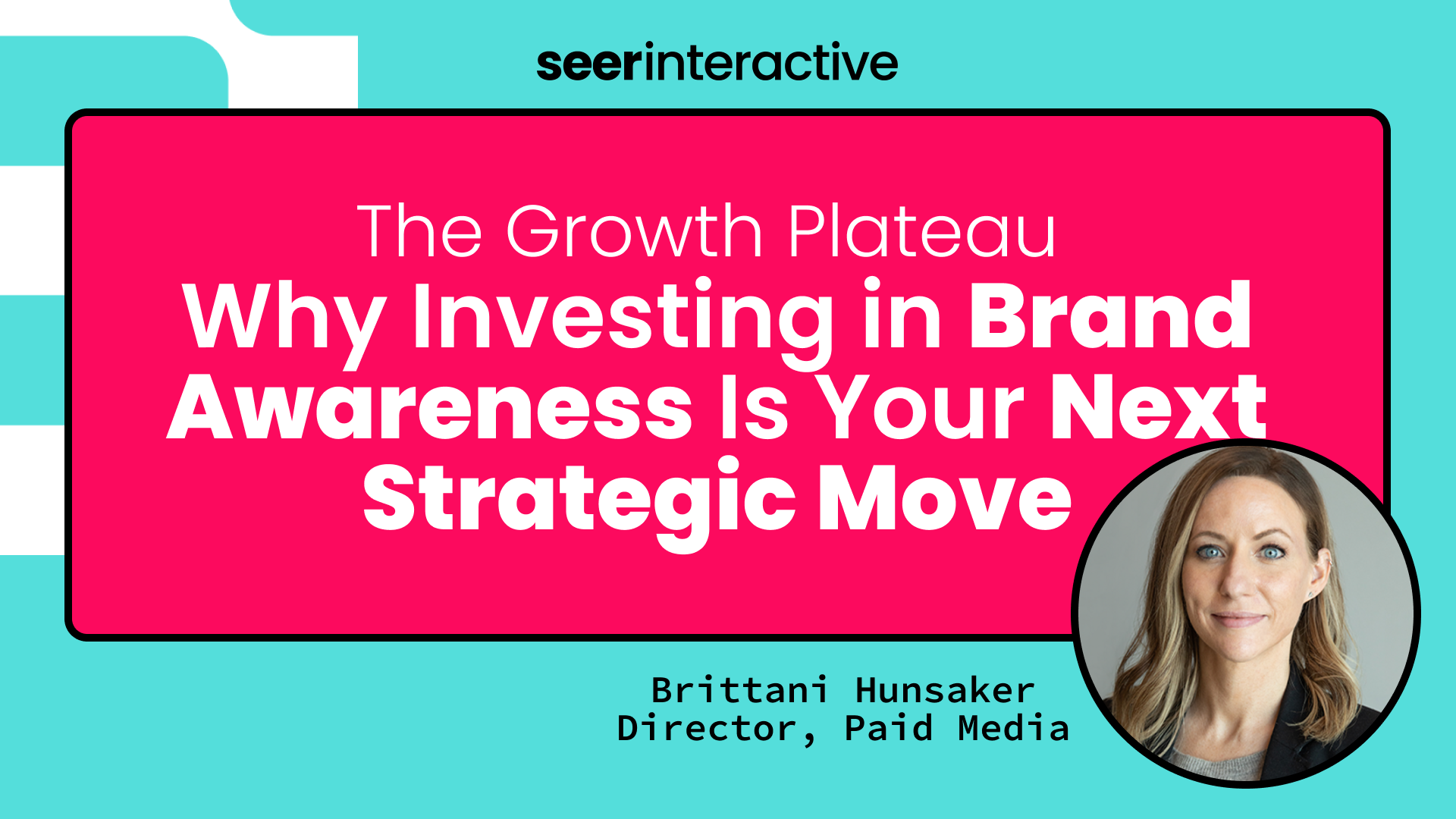In today's complex digital landscape, many businesses still operate with a traditional mindset - treating sales and marketing as separate entities. This fragmented approach often leads to missed opportunities, misaligned objectives, and ultimately, decreased revenue. However, bridging this informational gap and fostering a synergetic relationship between sales and marketing can unlock a myriad of benefits.
The Problem with Traditional Metrics
At first glance, clicks, conversions, and cost per acquisition (CPA) can appear dazzling. They provide immediate feedback, making marketers feel like they're making progress. But while these metrics have their place, they can be deceiving. Alone, they don’t always indicate whether the leads being generated are truly valuable, nor if they translate to actual revenue.
Consider a scenario where a company invests heavily in a digital advertising campaign, driving an impressive number of clicks and conversions. The click-through rate (CTR) and conversion rate metrics may seem outstanding on the surface, leading marketers and stakeholders alike to believe that the campaign is a roaring success. However, upon closer inspection, it becomes evident that a significant portion of these clicks are coming from users outside the target audience.
Despite the high click and conversion numbers, the actual customer acquisition cost is disproportionately high when considering the value of the acquired customers. A more comprehensive analysis reveals that these customers are less likely to become repeat buyers or contribute substantially to the company's long-term revenue. In this case, relying solely on clicks and conversions as success indicators can be misleading, as they don't tell the full story of the campaign's impact on the business's bottom line.
For marketers and brands alike, it’s critical to understand the downstream impact of these metrics. At the end of the day, if sales and revenue goals are not being met, the likelihood that Marketing’s viability is put into question is greater.
Benefits of Synergy
- Efficient Funnel Movement: By understanding what the sales team needs, marketing can tailor strategies to generate better quality leads, making the conversion to 'Closed-Won' smoother and faster.
- Resource Optimization: No more wasting budget on campaigns that don't bring in sales-ready leads.
- Unified Messaging: Consistent messaging across all stages of the funnel ensures that the potential customer receives a coherent brand experience.
- Feedback Loop: Regular communication between the departments allows marketing campaigns to be refined based on what's working and what's not in terms of closing sales.
Roadblocks
Connecting sales data to marketing efforts is essential for a holistic understanding of business performance, but it's a task fraught with challenges. Here are some common roadblocks businesses face:
- Data Silos: Each department might be looking at different metrics. Integration of tools and platforms can help create a unified dashboard that both teams can refer to.
- Cultural Divide: The age-old friction between sales and marketing can be mitigated through regular meetings, joint training sessions, and fostering a culture of shared objectives.
- Different Objectives: Aligning KPIs such that both teams are rewarded for the final business outcomes can help in driving collaboration.
Using platforms that can integrate both sales and marketing data is key. Solutions like integrated CRM platforms can break down data silos..
When leveraged effectively, a CRM not only simplifies the lead-to-sale journey but also makes it more efficient and customer-centric. It transforms the journey from being a series of disjointed interactions to a cohesive, data-driven process that aligns marketing and sales efforts towards the common goal of driving revenue.
Let's dive deeper into the role of a CRM (Customer Relationship Management system) in bridging the divide between sales and marketing.
Roadblocks and Solutions with CRM Integration
- Inconsistent Data Entry: One of the biggest challenges with a CRM is inconsistent data entry by sales teams. Incomplete or irregular information can lead to marketing working with faulty data.
Solution: Implement mandatory fields in the CRM that need to be filled out for every lead or customer. This ensures that the marketing team always has the basic data they need. Regular training sessions can also reinforce the importance of meticulous data entry.
2. Lack of Integration with Marketing Platforms: Without proper integration between the CRM and marketing platforms, there's potential data misalignment, leading to uninformed strategies.Solution: Invest in CRM and marketing platform integration, ensuring a seamless flow of data between the two. This allows for real-time marketing adjustments based on sales data and vice-versa.
3. Segmentation Issues: A common issue is that marketing may want to send targeted campaigns based on customer data, but if the CRM isn't segmented properly, this becomes a challenge.Solution: Work collaboratively to define clear segmentation criteria in the CRM. This could be based on industry, purchase history, lead score, etc. Once established, ensure sales teams consistently categorize leads and customers.
4. Delayed Updates: Marketing might roll out campaigns based on outdated CRM data if sales teams delay updating the CRM.Solution: Foster real-time or daily updating practices. Modern CRMs offer mobile apps that allow salespeople to update data on the go, ensuring that the CRM remains current.
5. Not Tracking Lead Sources: When sales teams fail to track where a lead came from, it can make it hard for marketing to determine which campaigns are most effective.Solution: Integrate marketing tools with the CRM so that lead sources are automatically tracked. Alternatively, make it a standard procedure for sales teams to ask and log where a lead heard about the company.
6. Lack of Feedback: Marketing often misses out on crucial feedback about lead quality when sales teams don't update lead status or provide notes on potential customers.Solution: Develop a practice where sales teams regularly update lead statuses (e.g., cold, warm, hot, closed-won, closed-lost) and provide notes on reasons for wins or losses. This feedback is invaluable for marketing to refine their strategies.
The CRM isn't just a tool for the sales team—it's a goldmine of data that, when utilized properly, can drive smarter, more effective marketing campaigns. By addressing these roadblocks and implementing the solutions, businesses can ensure that both sales and marketing are aligned in their objectives, leading to better overall outcomes.
Conclusion
In the ever-evolving digital marketing landscape, staying fixated on vanity metrics can be detrimental. Real growth and sustainable business outcomes arise from a holistic approach where sales and marketing work in tandem. By bridging the gap, businesses can not only see a boost in their revenues but also create a more streamlined and efficient lead-to-sale process.


